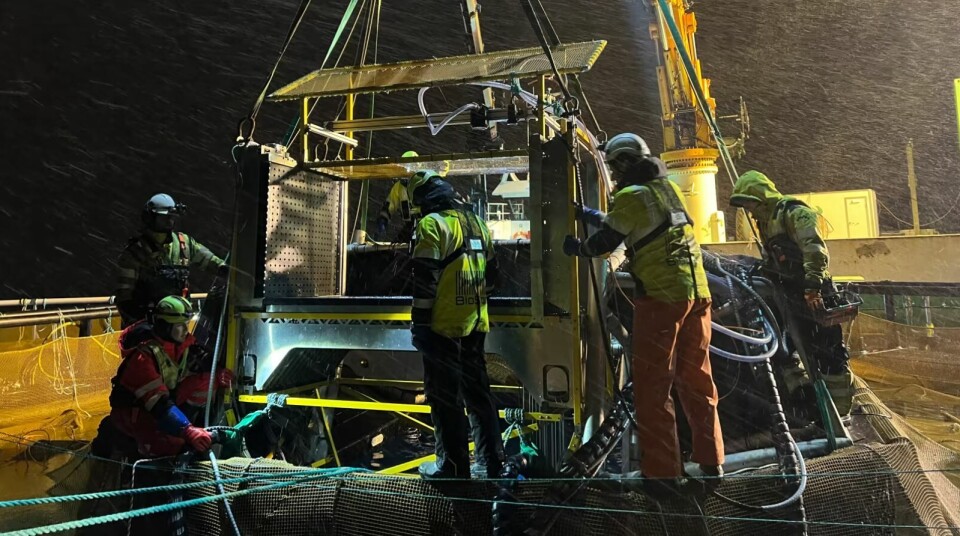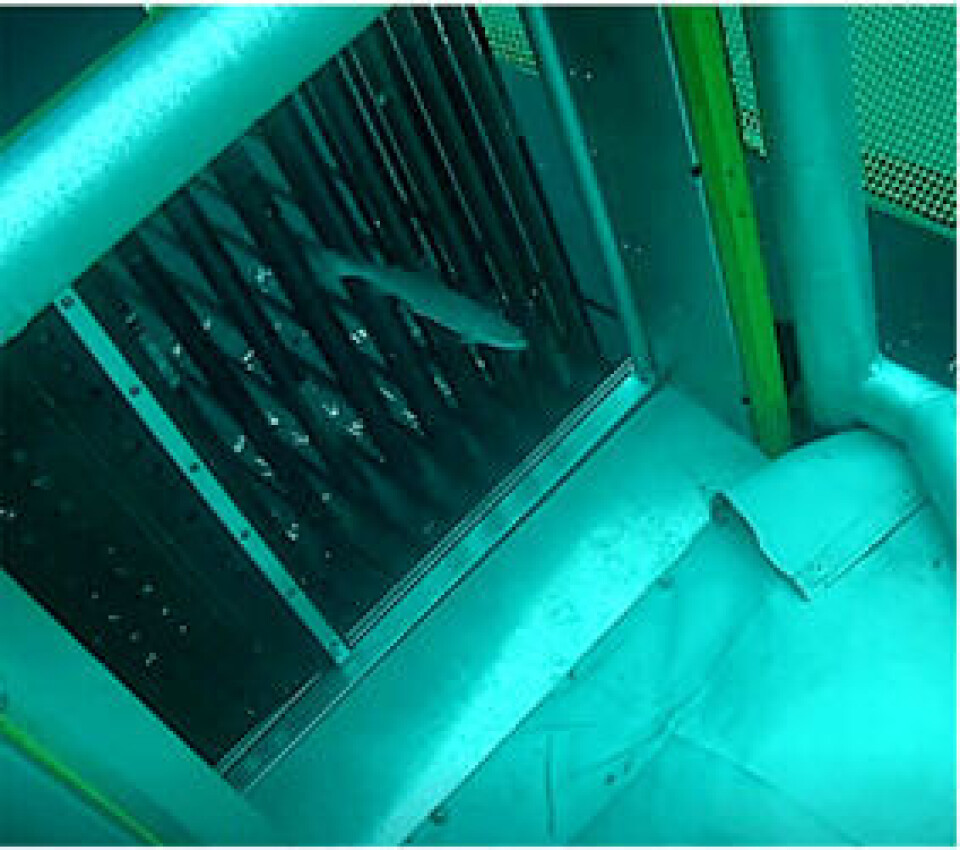
Test success for iFarm sorter
Salmon farmer Cermaq and the Norwegian technology company BioSort have successfully tested a sorting mechanism that will sort fish in a net pen as part of the iFarm project.
Cermaq said that seeing the difference between fish is crucial for improving fish health and welfare in net pens and will be a big step forward for increased survival in salmon farming.
The goal of the iFarm project is to improve fish health and fish welfare through artificial intelligence (AI) and machine learning. An important step on the way is to be able to sort out fish that need adapted follow-up.
For this, BioSort has developed a machine that will be able to sort and separate individual fish based on specific characteristics of the fish, using machine learning and AI. The goal of sorting is to separate fish that need adapted follow-up, and in that way ensure better fish health for the fish in the net pen.

A big step forwards
“To my knowledge, no one has previously sorted swimming fish in a net pen before, so this is a big step towards individual-based handling of fish,” said BioSort managing director Geir Stang Hauge.
BioSort has been working on the development of the sorter for two years. The iFarm sorter, which is controlled by a number of underwater electric motors, was first tested in BioSort’s lab and pool at its offices in Oslo, then in the sea outside Oslo, before it was installed and tested in net pens at Cermaq’s sea site in Vesterålen in northern Norway.
“The purpose of this first test was to show that the sorter actually manages to sort swimming fish in a net pen, and it worked as we hoped, so it was a successful test,” said Hauge.

Work to be intensified
Currently, the sorter is controlled manually, but the goal is for it to be autonomous so that it, together with the sensor system in iFarm, can make its own decisions based on defined criteria. However, it is a complicated and extensive development that will take time.
“Now that we have shown that it is possible to sort out swimming fish, the work will be intensified,” said Hauge in a press release.
“The development team takes the learnings from this test to the development of the next generation prototype of the sorter that will be able to function under even more conditions.”
Watch a video of the sorter working here.























































